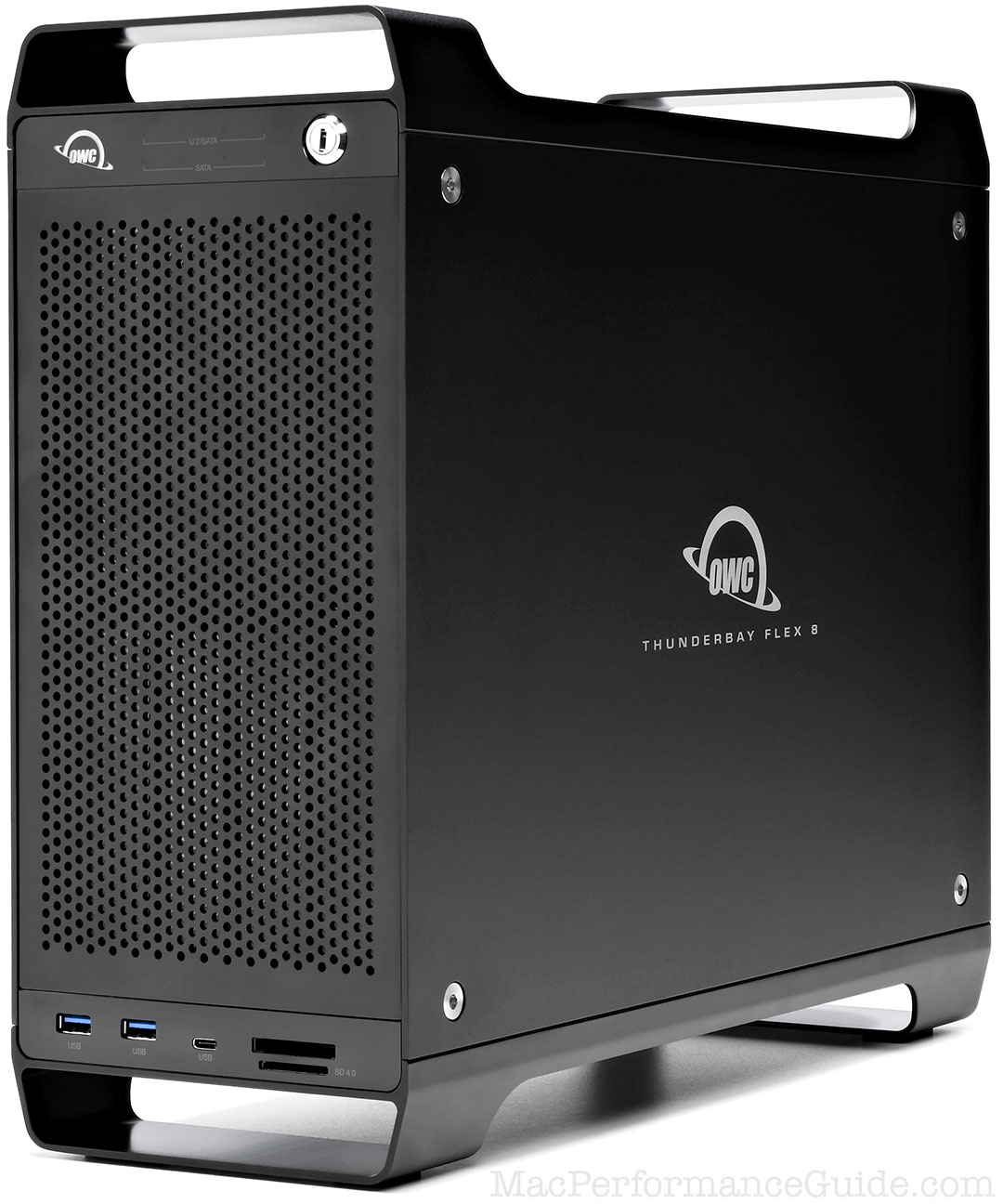Death Valley Double Century
Related: bicycle power meter, clothing and footwear, Death Valley, double century, electrolytes, exercise, hard core, health, heart rate, How-To, Moots, nutrition, Rides, SRM, ultra endurance exercise
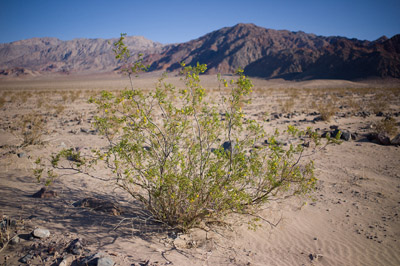
CANCELLED in 2014 due to the “public servants”* running Death Valley National Park. Did not happen in 2015 or 2016. May be history now and never resume ever again—unclear. See the Southern Inyo Double Century as an alternative.
The spring Death Valley Double Century is a wonderful ride:
- Beautiful scenery.
- 42-70°F temperature.
- Almost no traffic; as little danger from traffic as you’ll ever have.
- No glass whatsoever on the road (I didn’t see one person with a flat).
- Hardly any turns, obvious route.
- No distractions.
I highly recommend this double century as ideal for the first-time double rider.
The main issue? Sign up early because it sells out instantly.
I rode the spring 2012 Death Valley Double self-supported, because it was sold out before I learned about it. I started about 8 miles south of the official start, and a bit earlier, but did the entire route using my pre-placed food and water caches.
* An anti-concept. The implicit force and intimidation factor of NPS and NFS are unpleasant to contemplate: ejections by signature, aggressive ejections from the park based on blatant lying (personal experience and reported in the Sierra Wave where I am quoted), policing outside bounds (guys with guns outside jurisdiction harassing people who have done no wrong, flyover documented in news), SWAT team rangers, etc. Intimidation is a form of thuggery. The NPS and NFS are fiefdoms that I have come to loathe, symptomatic of the malaise of the government usurping half the economy. This land is your land... this land is my land... so the song goes. No, it‘s land for government jobs and a land for government jobs.
Bike
I rode the Moots Psychlo X RSL cyclocross bike with 700 X 28C tires at 92 psi. This alone made the bike alone 3.5 pounds heavier, but also somewhat less efficient as well as less aerodynamic than my Moots Vamoots RSL or LOOK 595 Ultra road racing bikes with my Obermayer wheelset, but more comfortable on the rough pavement (see pavement photo further below).
I carried a headlight and tail-light, and needed both pre-dawn and at dusk.
All told, I carried something around 7-9 pounds more weight (bike + fluid + food + lights + clothing) than I would otherwise carry over my road racing bike on a supported ride. That is a significant factor with 9000 feet of climbing.
The fastest riders had racing aero wheels (some also with aero bars), summer-weight clothing, and tiny plastic lights. So they had a significant advantage on the climbing and windy portions in terms of weight and overall efficiency.
Time trial
I rode solo; no drafting whatsoever for the entire distance. Since I started 35 minutes earlier than the official participants, it seemed I also pushed into a stronger headwind in the Badwater area, a brisk headwind I believe had slackened for the official participants starting later— and I had zero opportunity to draft other riders to increase speed or save energy.
Because I was self-supported, I also carried more food and parts and clothing than I otherwise might have carried as an official participant; I could not count on any food or water (and did not), or sag support, etc. This added another 1-2 pounds to my load and roughly tripled the number of stops over participants; I could not be certain that any particular cache would be intact (one had been damaged by an animal, except for the water). I also rode slightly farther for similar reasons (Stovepipe Wells store snack stop).
Ride stats
Well, enough with those excuses above. I wanted my time to be faster, but it’s clear that the 135 mile mark was my limit for peak performance.
Roll time: 11:36 (time the bike is actually moving) Clock time: 12:34 (clock time, includes all stops for water, etc)
Energy: 8723 KJ, = 8374 KCal Distance: 195 miles Speed: 16.8 mph (when the bike is moving) Power*: 206 watts Heart Rate*: 125 Cadence*: 76
Water consumed: 3+ gallons Caloric intake: ~2000 * averages for power, heart rate, cadence are when power output is non-zero, e.g. when pedaling
I got these ride stats above before the SRM software truncated my ride file, turning the 12 hour ride into a 2+ hour ride. The SRM hardware has worked great for me for over a year, but the software has some issues. Fortunately, SRM has paid some attention to these issues, and the latest release fixes a few of the egregious ones, though not the above nasty bug.
UPDATE! SRM rescued the corrupted file for me, turning it into two files. It turns out that using 0.5 second recording, the SRM file format can handle only 65535 data points, for a maximum recording time of 9:06:07. That means I will have to use 1-second recording for any 9+ hour ride, or manually start a second workout before the 9:06 mark (while riding). The choice of designing a file format with a 16-bit counter instead of 24-bit or 32-bit was was a dubious choice even 25 years ago, well before SRM existed.
Up to 64TB @ 12500 MB/sec!
Mac or PC.
Ideal for Lightroom, Photoshop, 8K video, data analysis, etc.
Mechanical problem — water bottle cage bolts
The Moots Psychlo X RSL with its Shimano DuraAce Di2 performed flawlessly.
I had planned for fixing flats, charged the Di2 battery, cached extra water and food, etc, but I had missed the one crucial thing: rough pavement and large bottles can loosen bolts.
At mile 20 (of 195), both bolts for one of the water bottle cages rattled loose. This failure caused me to have to stop repeatedly to screw the bolts tighter with my fingers (I did not have the correct size allen wrench), and fingers are not very effective. At mile 40 or so, I obtained an allen wrench, but the aluminum bolt would not stay in. After the race, I determined that it could be freely pushed in or pulled out; the threads would not hold at all.
Eventually, I thought of strapping down the bottle and cage using two velcro leg bands (reflective straps), but this then forced me to stop to swap the strapped-down bottle with the other one when the other one became empty. Every time I did this, a rider who had been 1/4 mile behind me passed me and gained 200 yards. Very frustrating. But I also had to glance down regularly looking for “wobble” to be sure that my spare bottle would not fly off into the weeds on a fast descent.
The bolt problem probably cost me 20-30 minutes. It also disrupted my pacing and psychological reserves, as well as forcing me to pay regular attention to the status of both water bottle cages, and to worry about whether I would have a water problem, which also forced more stops to ensure fullness of the main bottle.
It’s wise to profit from negative experiences: for future century and longer rides, I’ll carry a lightweight allen wrench for the water bottle cage bolts; the large 1 liter bottles combined with rough pavement carry a high risk of loosening up these bolts (this also happened to me on the 2011 Everest Challenge, so the risk is significant). I might also use the velcro reflector leg strap on particularly rough stuff to keep the bottles latched down. This also applies to mountain biking, though as yet it has not been an issue.
Hydration and food
I hydrated extremely well before the day, and stayed that way for the first 130 miles or so, taking electrolytes also.
I felt terrific until mile ~125— high power output, passing dozens or riders (mostly single century and 150 mile riders who had turned around earlier). I was so well hydrated that I was till having to pee regularly— maybe too hydrated, though I had been also taking electrolytes.
At mile ~100, I ate a few hundred calories of solid food (dry oatmeal and some raw unsalted pistachios), but I had no stomach upset or anything to indicate that the solid food was an issue. But perhaps it screwed up some metabolic processes.
Around mile ~130, I suddenly lost all sense of whether I needed to eat or drink. I knew I was still well hydrated (having peed not too long before) and I had taken my electrolytes, but I had no desire for any more Perpetuem solids. I was not thirsty, but from then on I also did not have to urinate much more, quite unlike the first 130 miles. Power output began to slacken.
The change at the ~130 mile mark threw my plan off; I did not not know what to do except keep turning the pedals— which I did. But I felt like I was riding blind in terms of nutrition from that point on.
Since I had no particular desire for food or water beginning at mile ~130, I had to force myself to eat and drink, butI had also lost the discipline of timing myself (“every 20 minutes”). So I was in unknown territory. And I was sick of Gu and perpetuem solids, and perhaps I thus began to under-eat, and power output was becoming lower and more variable, harder to maintain (a power meter tells no lies).
At mile 170, I found myself riding a little further to the Stovepipe Wells store, giving up 10 minutes or so of time, and slugging down a 16 oz Mountain Dew (which tasted damn, damn good), chased down by some water and a few sticks of licorice. That seemed to do the trick, and though the remaining 25 miles were still done by force of will, my power seemed to improve for a time before dropping a bit towards the end.
In short, I have some homework to do on how to deal with nutrition and hydration on a 200 mile ride!
Pavement
The pavement near and south of Badwater is very rough— essentially tar with chunky rocks stuck into it. I was very pleased with my decision to ride with Schwalbe Ultreme ZX 700 X 28C tires at 90 psi on the Moots Psychlo X RSL with its comfortable hand-built wheelset.
Images
Some shots from the area.
Pavement is very rough south of Badwater. It is tar with rocks stuck in it and pressure crackes to boot.
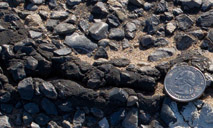


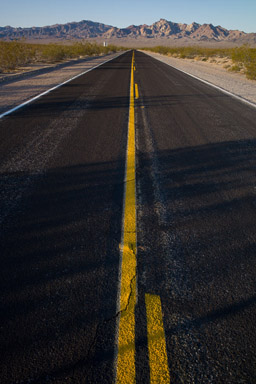
Ride Analysis with power and heart rate
Please click the graph to read more.
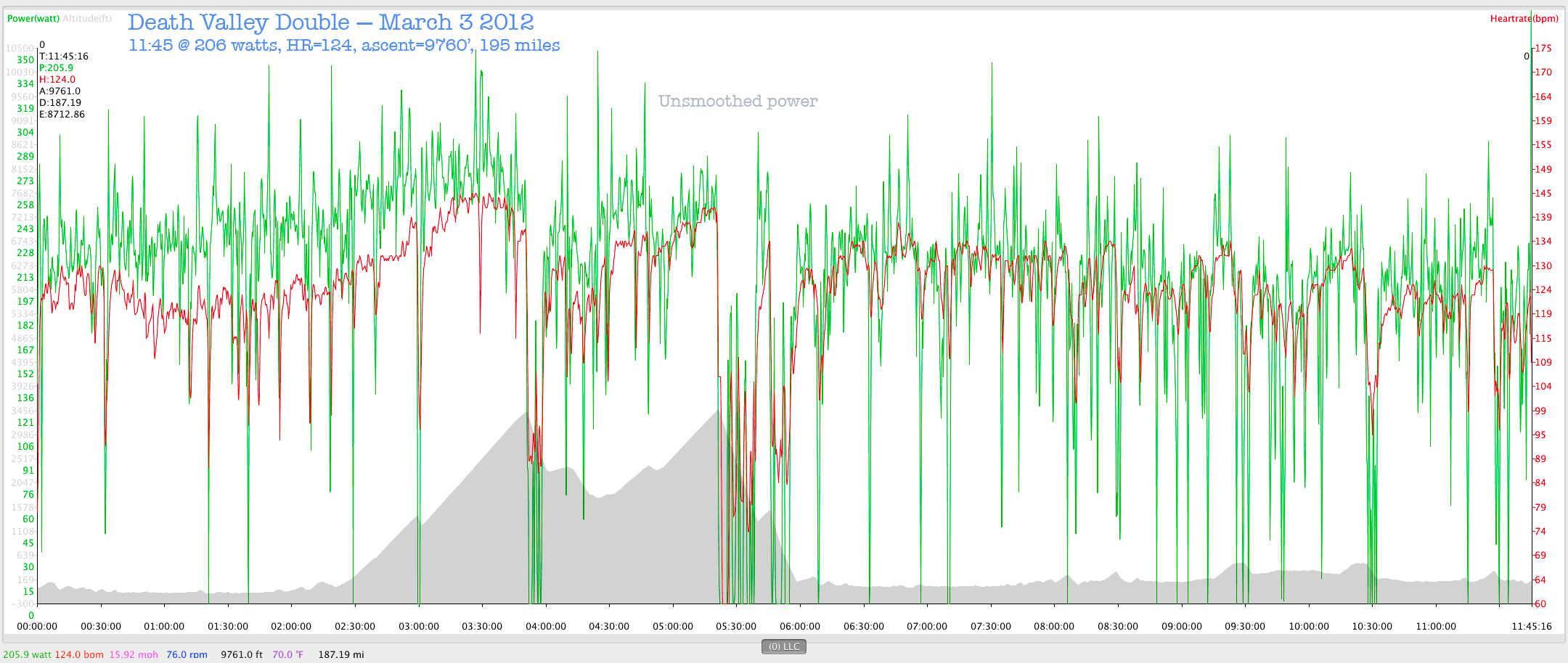
The power meter data is really useful in analyzing performance
Let’s analyze how I did on the 195 mile ride. Note that wattage and heart rate are averages only when power is active (when pedaling). Averages do not include time coasting (not pedaling), but do include “soft pedaling” downhill.
The clock time was just shy of 13 hours from start to finish. The graph below shows the time the bike was actually moving was 11:45, which means 75 minutes were spent for all my self-supported stops. This was a solo ride, no drafting at any time, so all power figures are purely my own effort into the prevailing conditions.
I key recording to speed and cadence, so if the bike stops, recording stops. One can key it to heart rate, but then if the heart rate stops then recording stops even if there is power and cadence (and during DVD the heart rate strap did come apart for a few minutes).
Mileage shown is low by 8 miles due to the speed sensor not picking up until mile 8, one more stop I had to make.
[0 - 3:48, first 54 miles]: 238 watts @ 126 bpm [0 - 8:38, first 142 miles]: 213 watts @ 125 bpm
[9:45 - 11:45, last 58 miles]: 187 watts @ 122 bpm
8-bay Thunderbolt 3
2.5 or 3.5 inch hard drives, NVMe SSD, USB-C, USB-A, DisplayPort 1.4, SD slot, PCIe slot, 500W power supply.
Non-RAID or RAID-0/1/4/5/10.
Capacities up to 128 Terabytes!
Analysis
Heart rate largely tracks power output and shows little sign of dehydration, no surprise there since I was very well hydrated at hour 8-9 (nearly clear urine), and only the last 3 hours did I experience very modest fluid loss. I drank 3+ gallons for the day. And late in the day, I learned how to relieve myself while coasting. Quite useful, so long as there are no spectators!
Power was very strong for the first ~4 hours, and still excellent for the first 7 hours. Indeed, I felt *great* to about the 110 mile mark, and only two riders had caught up to me, and neither was doing the double century (I asked/checked). And I was passing rider after rider (mostly shorter distance riders who had turned around). It was a nice psychological boost.
But somewhere around the 132 mile mark, I noted a distinct change in how I felt; I lost my sense of whether I needed to eat or drink (which had been fine until that point), and I also lost my mental focus in terms of watching the clock to see when I should do so. So I was then flying blind. It was about this time that my power output began to decline, both in peak power as well as sustained power. I suspect that I began to take in too few calories around that point, as I simply lost all desire to eat anything.
At around the 140 mile mark (about where the 2nd graph begins), I began questioning my sanity— with 60 miles to go the fun was pretty much gone. It became a mental game of avoiding negative self-talk. I succeeded by force of will in beating back such thoughts, but the ride had become a slog and was no longer enjoyable. Grin and bear it.
The last 50 miles I put in a respectable effort in terms of power, but compare the power output (green line) to the faint gray 230 watt line as seen to the left; the reduction in average power as the ride progresses in the 8-12 hour range is plain to see.
Conclusions on power analysis
See also Power Output During the Death Valley Double Century — Possible Explanations.
It seems that I did a very good job until the ~130 mile mark— I’m very satisfied with my performance to that point. The issue is how to extend that performance for 200 miles.
With 60 miles to go, something “happened”. The simple explanation of “fatigue” is not satisfying, because I felt like nothing was wrong with my legs. It was more of a general lack of energy. I am certain that I was still well hydrated, but I had lost interest in eating anything, so I suspect that the energy loss might have been glycogen related. But it might also have been a threshold at which physiological processes break down in mysterious ways— I have very little past experience in the 130+ mile range. I had no means to take in calories via fluid (messy powders weren’t practical). Perhaps the availability of pre-mixed Perpetuem might have helped if it had been available.
Therefore, my focus for the Solvang Spring Double necessarily involves careful monitoring of my caloric intake beyond the 100 mile mark. As an official Solvang Spring Double participant able to obtain pre-mixed liquid calories, perhaps my body will react differently. Or perhaps there will still be a “wall” at around the 130 mile mark. Ultimately I would like to be able to ride the entire 200 miles with less than a 5% loss of power for the last 50 miles.



